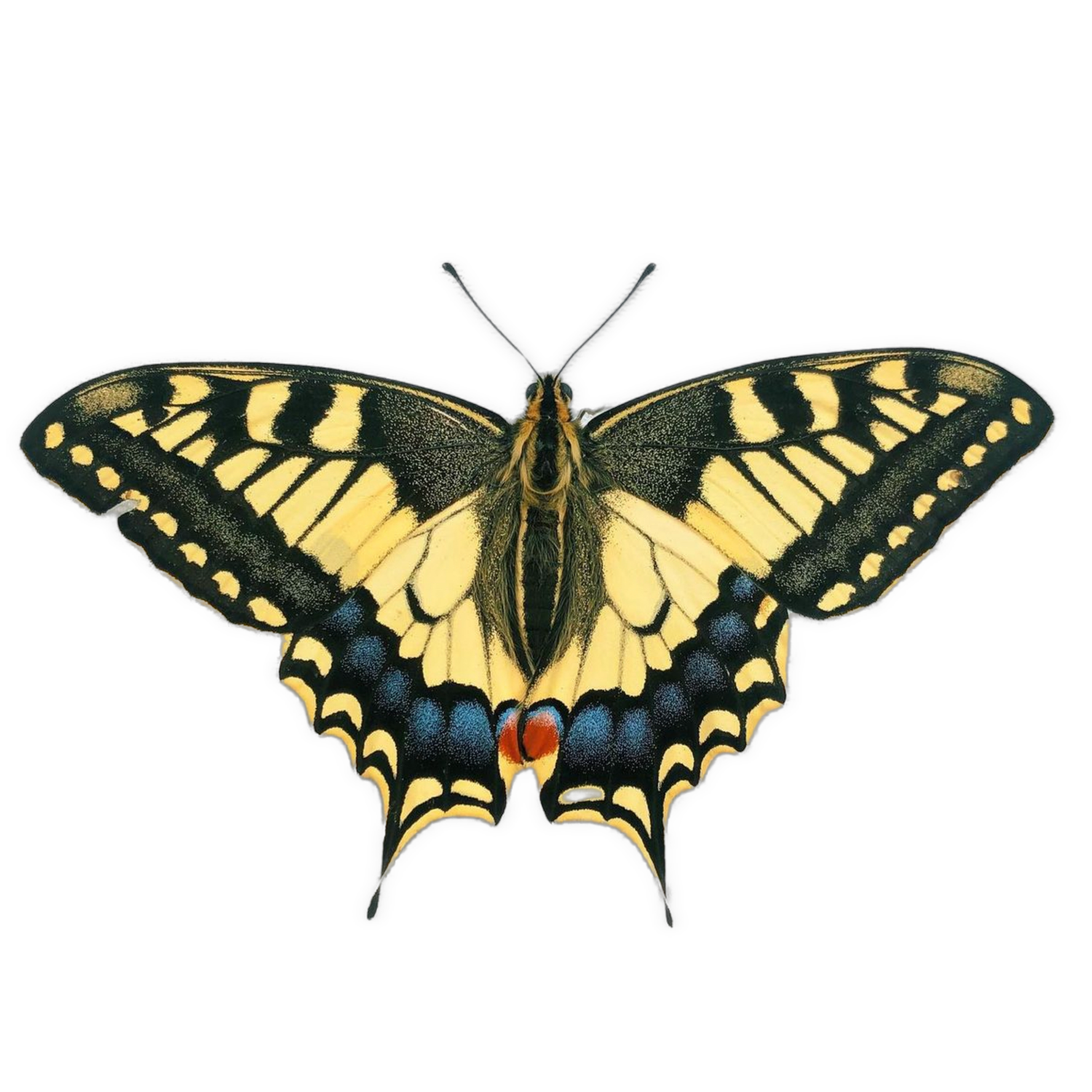Moon Moth Care Guide
This is a broad guide for the rearing of Moon Moths, specifically Actias luna; selene; ningpoana; dulcinea; artemis.

Eggs should be kept in closed plastic containers to prevent them drying out. Typically, eggs are a blue or grey colour. They do not change shape or colour, a large indent appearing can indicate the eggs are sterile. When the eggs start hatching, the young caterpillars will benefit from extra humidity at this time, which can be applied by finely misting the inside lid of the container - do not spray directly onto the eggs or allow them to sit in water droplets as this can drown the embryo or cause mould to grow, killing the developing caterpillar before it can hatch.
The best host plants for luna, dulcinea, and artemis include: Birch, Willow, Alder, Sweet Gum, and Walnut. The best hosts for selene and ningpoana include the above, as well as Hawthorn, Cherry, other fruit trees, and evergreens such as Eucalyptus and Portuguese Laurel.
You can add leaves to their container once the caterpillars hatch, but do not add any prior to this as leaves will release moisture and this often causes the eggs to mould before hatching. I prefer to transfer hatchlings to a new container so that eggs are not affected. Caterpillars grow quickly, and can often reach a large size on nutritious host plants. Pupation typically occurs around 4-5 weeks after the caterpillar hatches from the egg.

When caterpillars are mature and fully-grown, they will find somewhere to construct a papery cocoon. Often this is among the leaves and branches of their host plant, however they will also spin a cocoon against any flat surfaces. Once the cocoon is constructed, the caterpillar becomes immobile inside, shedding its skin a final time to become a pupa.
Cocoons can be left in situ unless you need the enclosure for rearing other species - following the care guide for pupae will produce best results. Spring and summer cocoons usually emerge within 2-4 weeks, while late summer/autumn cocoons will typically overwinter.
Adult moths require minimal care. They do not eat, having no mouth parts, requiring only ample space to fly. A 60cm mesh cage would be ample size for around 10 adults, whilst a 90cm cage could accommodate larger numbers. Both are available to purchase on this site.
